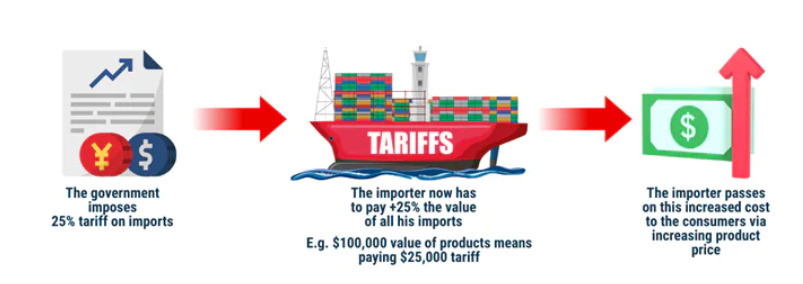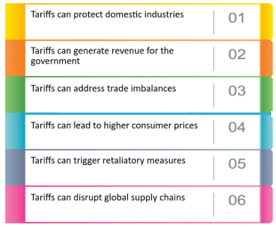Mains: GS II - Bilateral, Regional and Global Groupings and Agreements involving India and/or affecting India’s interests.
Effect of Policies and Politics of Developed and Developing Countries on India’s interests, Indian Diaspora.
Recently, the global trade order is undergoing a deep transformation, marked by a significant shift away from multilateralism towards coercive bilateralism, spearheaded by the United States.
|
Countries |
Tariff Imposed |
|
India |
26 % |
|
China |
34% |
|
European Union |
20% |
Tariff is a tax imposed by one country on the goods and services imported from another country to influence it, raise revenues, or protect competitive advantages.


What are the consequences of coercive bilateralism?
Business Standards| Coercive bilateralism of USA